Moving from informal to formal sector: Sociological Perspective
Relevance: Sociology: Works and Economic Life: Formal and informal organization of work. Industrialization and Urbanization in India: Informal sector, G.S paper I: Society and Social issues & G.S paper II: Governance & G.S paper III: Indian Economy.
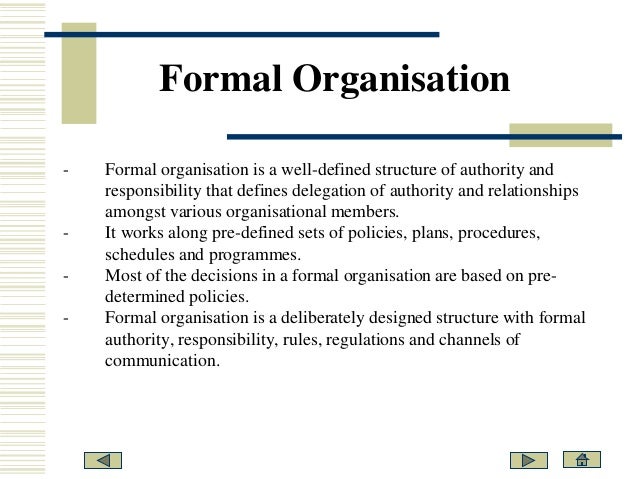
CONTEXT
The COVID-19 induced lockdown has resulted in lost jobs and the closure of small and informal businesses everywhere. Entrepreneurs are facing cash flow issues and workers who have casual and informal employment are undergoing liquidity stress causing them to migrate back to their families.
While small and medium enterprises that constitute a part of the informal sector are a characteristic of fast-growing economies, it is a mistake to think that they are an important engine of economic growth just because they happen to dominate the economic landscape. Small firms do not offer stable employment and non-wage benefits.
INTRODUCTION
Some people are self-employed in the informal sector because they want to avoid registration and taxation. But many people work in the informal sector through necessity, not choice. Today, there are two features of the informal sector that are well-recognized.
Firstly, much of the informal economy contributes greatly to the formal economy.
Secondly, women constitute the majority of precarious, under-paid, informal workers.
Why are informal working systems so prevalent?
The thinking during the 1950-60s was that with coherent economic policies and good institutions, low-income countries with traditional economies could be transformed into robust modern economies.
Small scale enterprises and casual workers would be smoothly absorbed into the modern, formal economy, swallowing the surplus labor from the traditional economy.
At this point wages would begin to rise from subsistence level (as proposed most famously by Nobel Prize winner Arthur Lewis). However, by the mid-1960s, the developing world came to believe that widespread unemployment and under-employment was here to stay.
This was seen in the high levels of casual, intermittent employment, and was partly driven by the adoption of labor-saving technology.
In 1971, the term ‘informal sector’ was coined by British anthropologist Keith Hart. By 1980, even advanced market economies saw the emergence of the informal sector as production structures sifted toward small-scale, decentralized units.
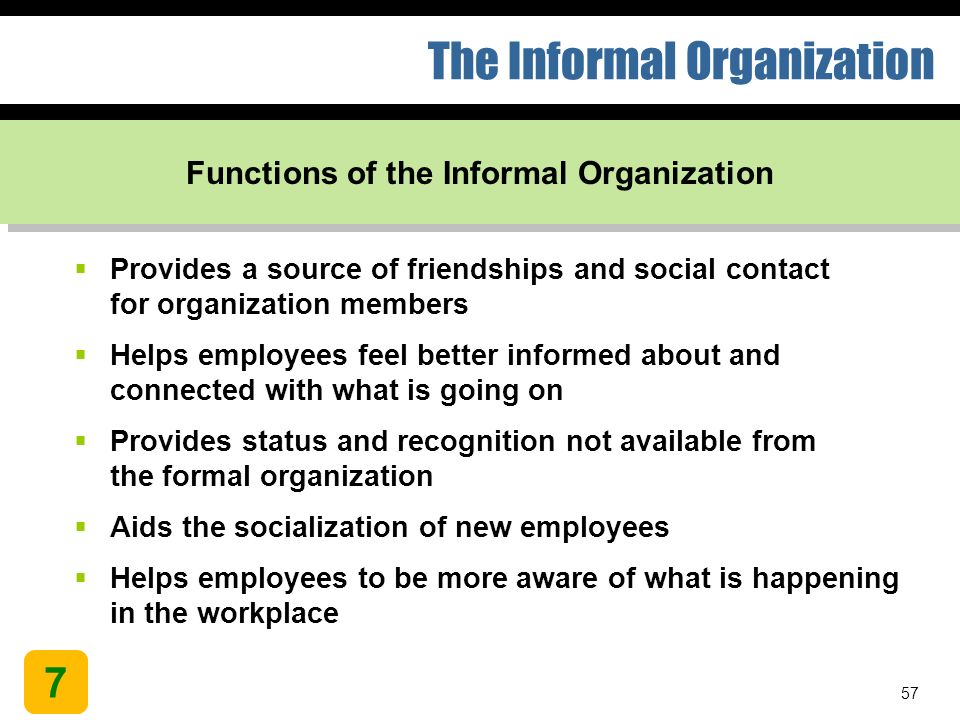
At the same time, standard jobs were being replaced by contract arrangements with hourly wages but few benefits, or into piece-rate jobs with no benefits. A significant portion of goods and services production was being subcontracted to small-scale informal units. In the process, the informal economy became a permanent, albeit subordinate feature of market-based economic development.
The informal sector connects to the formal sector at multiple points, such as individual transactions, sub-sector networks of commercial relations or a value chain of subcontracted relationships. In a majority of these contacts, the rules of the game are set by the formal sector.
Within the informal sector there is always the risk that non-wage cost cuts such as a cramped workspace or insufficient electricity are borne by the worker. Indeed, these risks can lead to the rejection of goods and delayed payment of already low wages.
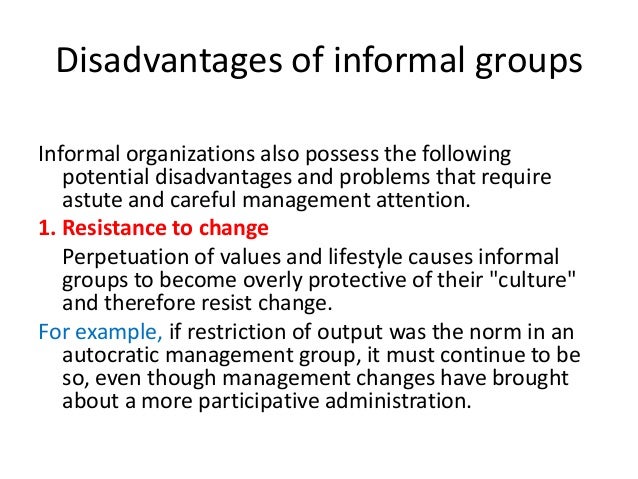
For these workers, a missing regulatory environment can be as regressive as an excessive regulatory environment. A good illustration of this is when city governments adopt one of two stances regarding street trade: try to eliminate them, or turn a blind eye to them. In reality, most cities leave this decision up to the police, who are officially the face of local law and order.
So, is the formalization of informal sectors a strategy for correcting the job market as a whole?
For the self-employed or employees in informal enterprises, formalization generally means registering their business followed by obtaining a license and ultimately regularly paying taxes.
However, these workers will only be willing to bear this cost if they perceive benefits from operating formally.
These benefits include enforceable commercial contracts, tax breaks and incentive packages to raise their competitiveness, membership with trade union associations, access to government subsidies and incentives, employer contribution to pensions, and rights to organize and bargain collectively.
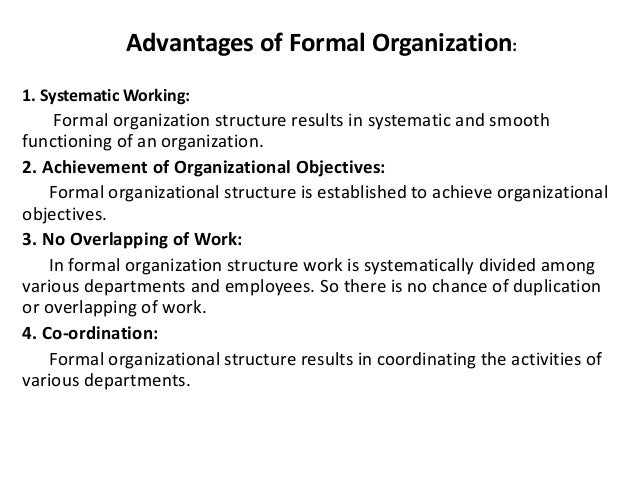
What would a policy framework look like for an inclusive job market with broad objectives to move workers from informal to formal status?
Here are two suggestions:
Robust legal protection: The United Nations Commission on Legal Empowerment of the Poor outlines three areas of legal rights for the working poor – property rights, business rights, and labor rights. Enforcing these rights allows informal workers to realize the economic value of their assets. They also allow for better working conditions and worker benefits, as well as allow access to the financial market. They imply a heightened need for the poor to have access to justice and the judiciary system.
Inclusive hiring targets and on-the-job training: Informal work is often undertaken because of barriers to entry to formal work. These barriers include the absence of requisite educational qualifications and the lack of corporate networks.
The formal sector can bridge this gap by employing people from low-income households, investing in them through on-the-job training along with on-field exposure to working systems. A few firms engage in such processes through corporate social responsibility (CSR) objectives.
However, mainstreaming this process by setting targets for hiring people who are found to be worthy of training would make the formal sector more inclusive.
Changing the face of informal enterprises is a complex multidimensional process, where policymakers will have to understand the nature of eclectic categories of informal workers, their constraints as well as their potential to contribute to overall GDP.
For more such notes, Articles, News & Views Join our Telegram Channel.
Click the link below to see the details about the UPSC –Civils courses offered by Triumph IAS. https://triumphias.com/pages-all-courses.php

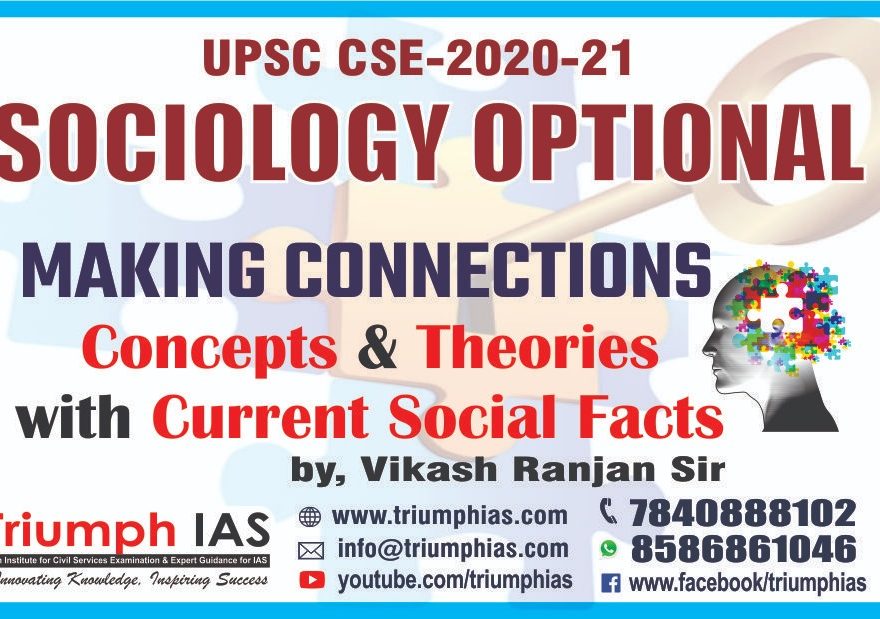
One comment